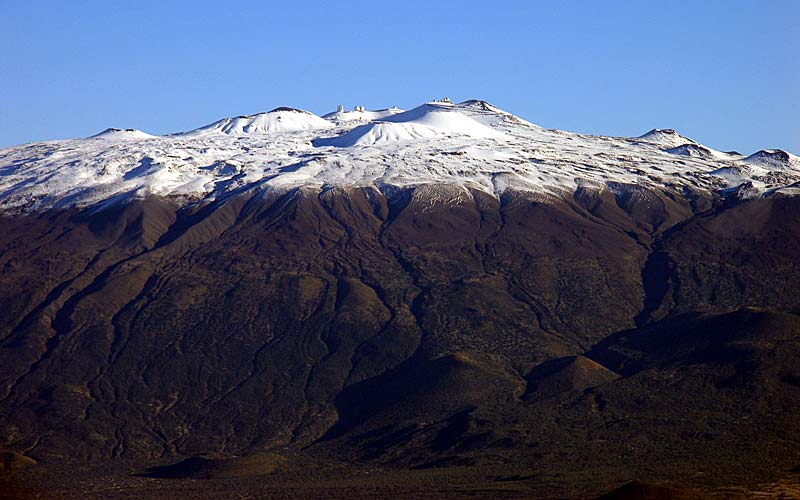Mauna Kea is a geological behemoth, a holy kupuna (elder) in Hawaiian tradition, and a beacon for scientists from all over the world. It rises to 13,803 feet and is high above the turquoise waters of the Kohala Coast. Mauna Kea is known in Hawaiian as Mauna a Wākea, which means “the mountain of Wākea, the sky father.” Its snow-capped peak, harsh volcanic environment, and silver observatory domes make for an unexpected and striking silhouette against tropical skies. But under that famous skyline are layers of human history, changes in nature, and present arguments about respect and stewardship. This is the long and interesting narrative of the White Mountain.
Born of Fire and Ice
There are five volcanoes on the island of Hawaiʻi, and Mauna Kea is one of them. About a million years ago, the Pacific Plate started to move across a volcanic hotspot, which is how it started to form. Over time, Mauna Kea ascended through successive lava flows. It went from being an eruptive “shield” to a quieter “post-shield” phase, which left behind a steeper, more craggy face. Long ago, glaciers shaped the top of the mountain. When lava and ice mixed, they became denser basalts that ancient Hawaiians used to make tools.
Geologists now call Mauna Kea dormant instead of extinct. The terrain is made up of lava, ash, and time.
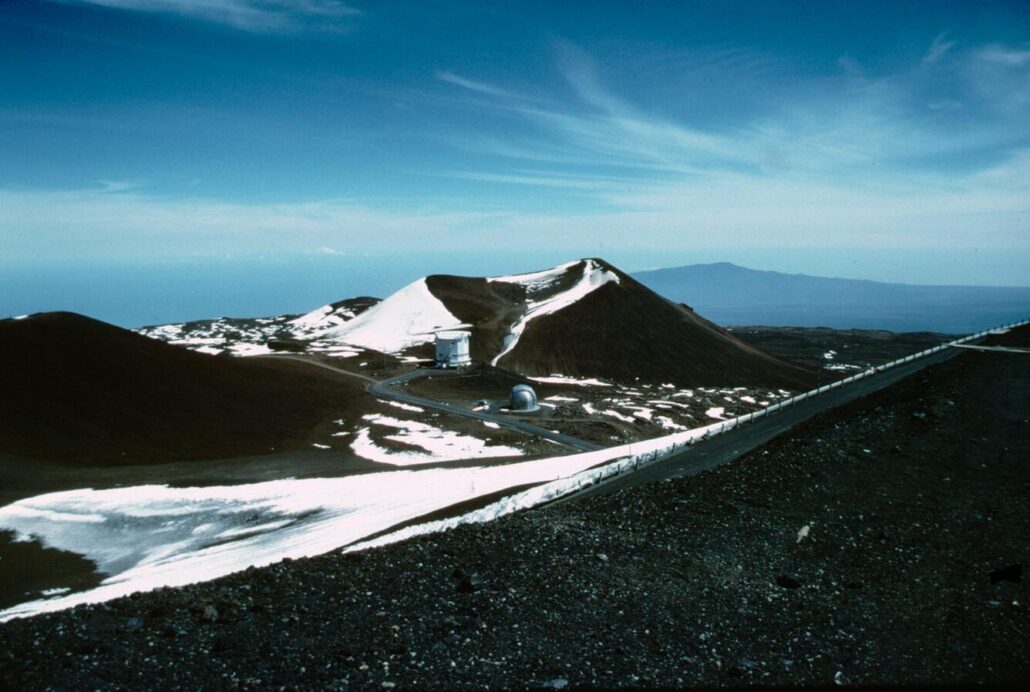
The Summit in Hawaiian Memory
Mauna Kea is not just a beautiful peak for Native Hawaiians; it is a living ancestor and an important aspect of island cosmology. People have long thought of the mountain as wao akua, the realm of the gods. It is also part of genealogy that connect people to places. People say that Mauna Kea is the piko (navel) of the island, a holy link between the earth and the sky. In the past, kapu (old prohibitions) only allowed aliʻi (chiefs) and other chosen people to go to the top of Mauna Kea. The mountain’s spiritual function is shown by the ceremonial sites and tombs on its slopes. Many Native Hawaiians see any action on the mountain in a different way because of their strong cultural identity. They see land as a connection rather than a resource.
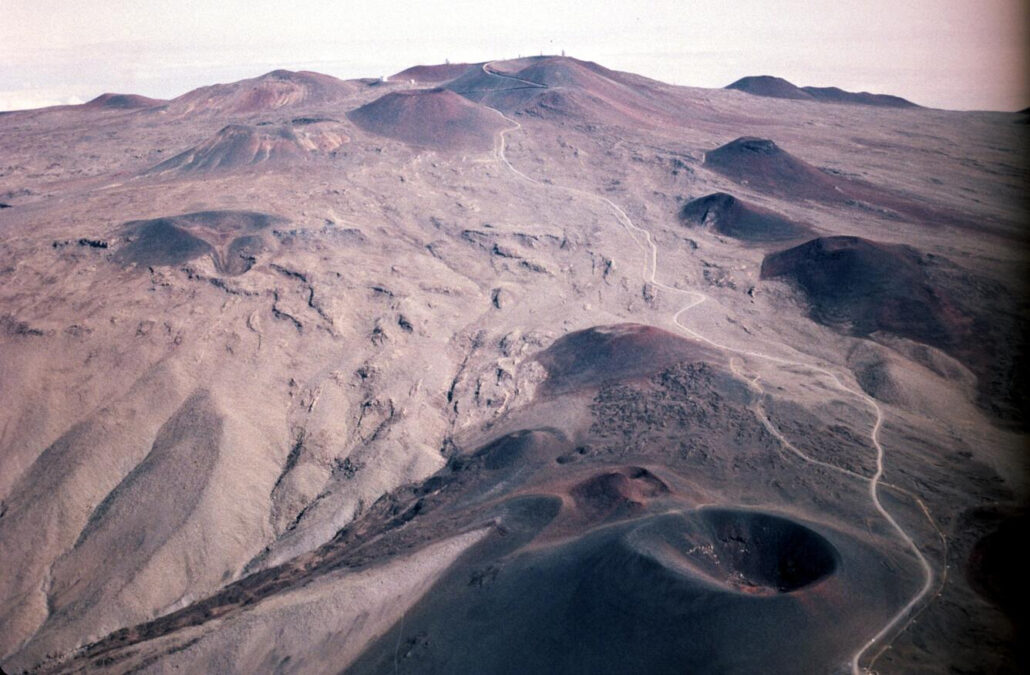
People of the Mountain: Old Ways of Life and How They Used to Live
Long before there were modern roads and telescopes, the slopes of Mauna Kea were home to people in unique and important ways. Hawaiians mined the summit’s hard volcanic rock to make tools and adzes. This was a unique resource that was formed when lava and ice interacted in prehistoric eruptions. The lower slopes of the mountain were once covered in native forests that provided wood, food, and other resources. Ancient trails traced the routes of migration and tradition, while seasonal journeys to the uplands played an important role in the community’s rhythms of work, sustenance, and ceremony. Archaeological sites and petroglyphs all around the mountain chronicle the stories of people who lived with and learnt from Mauna Kea’s weather and shape.
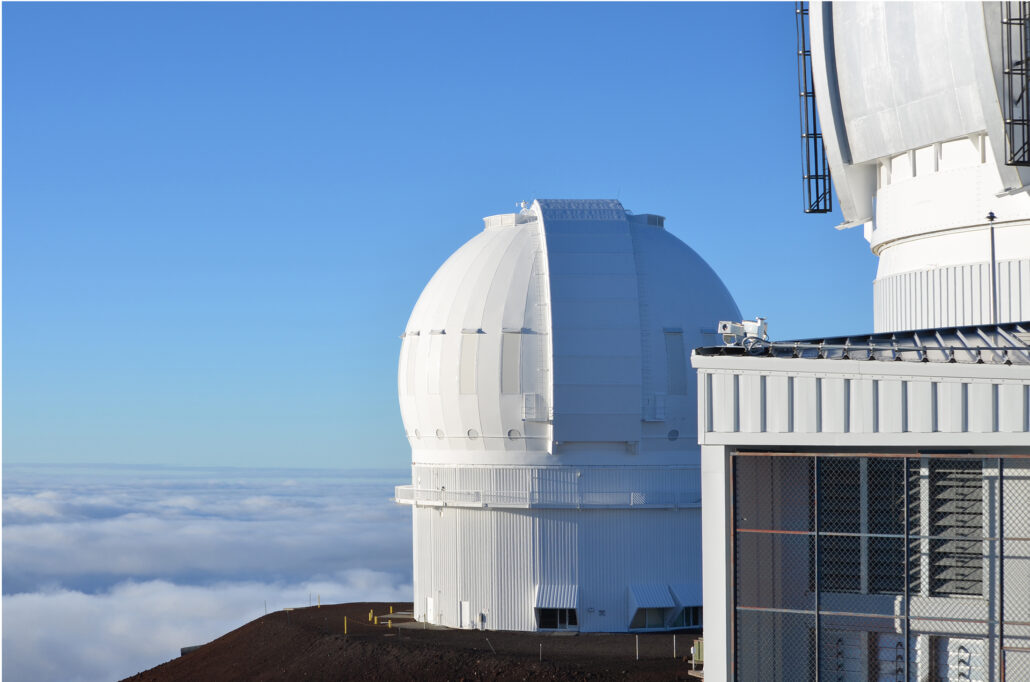
The Coming of Western Science
In the 1960s, astronomers realized that the summit had great atmospheric qualities: it was high up, the air was stable, and the nights were long and clear, making it almost perfect for watching the stars. Mauna Kea became one of the best places in the world for astronomy, starting with the first telescopes and ending with the building of research facilities supported by other countries. There are observatories from several countries around the summit ridge. The discoveries made there have helped us learn more about planets, stars, galaxies, and even the form of the cosmos.
Scientists are still drawn to the mountain’s dark sky and dry air because they offer views that can’t be found anywhere else.
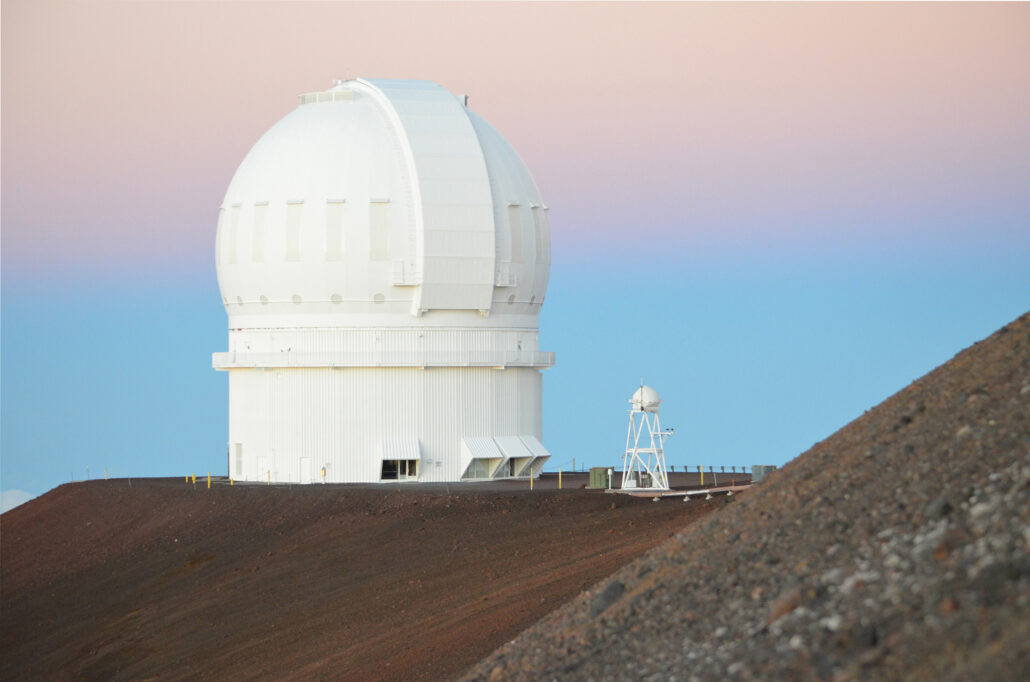
A Changed Landscape: Infrastructure and Effects
The observatories changed both the physical peak and the network of roads that connect it to the sea. To help with scientific work, roads, utility lines, visitor centers, and maintenance buildings were built. The observatories gave many Big Islanders jobs, brought tourists to the area, and made them proud of Hawaiʻi’s contributions to science around the world. Construction and people, on the other hand, changed fragile alpine ecosystems, archaeological sites, and spiritual locations. It was no longer possible to talk about the balance between scientific usage and cultural preservation in an intellectual way; for Mauna Kea, it was personal.
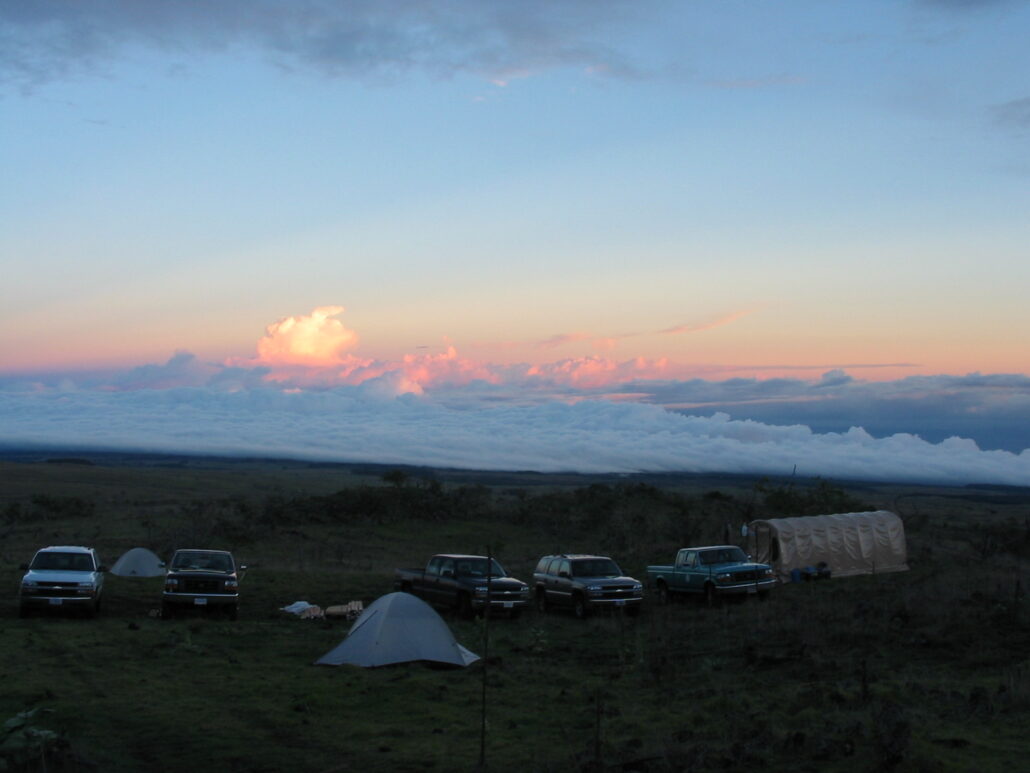
The Growing Voice of Stewardship
In the last few decades, talks concerning Mauna Kea changed from how to use the site to who should decide. Community activists, cultural practitioners, and elected officials all called for new ways to manage things because they were worried about protecting the environment, preserving cultural places, and the legal procedure for getting projects approved. These conversations led to improvements in governance and monitoring that were meant to accommodate Hawaiian cultural views along with scientific ones. The concept of kuleana, which means “responsibility to care for the land,” became very important to any serious talk about the future of Mauna Kea.
The Turning Point and the Thirty Meter Telescope
The Thirty Meter Telescope (TMT) controversy drew more attention from the public than anything else. The plans to build the next-generation observatory on the top of Mauna Kea sparked enormous, long-lasting demonstrations starting in 2019. For a lot of Native Hawaiians and their supporters, TMT was just another building on territory that already had a lot of telescopes. For astronomers, TMT promised to help them make new scientific discoveries. The protests, which were peaceful, determined, and based on kapu aloha (a Hawaiian tradition of nonviolent respect), stopped building for a short time and made the whole country think deeply about land use, consent, and the meaning of progress. The legal, political, and cultural effects of that movement are still affecting choices about Mauna Kea.
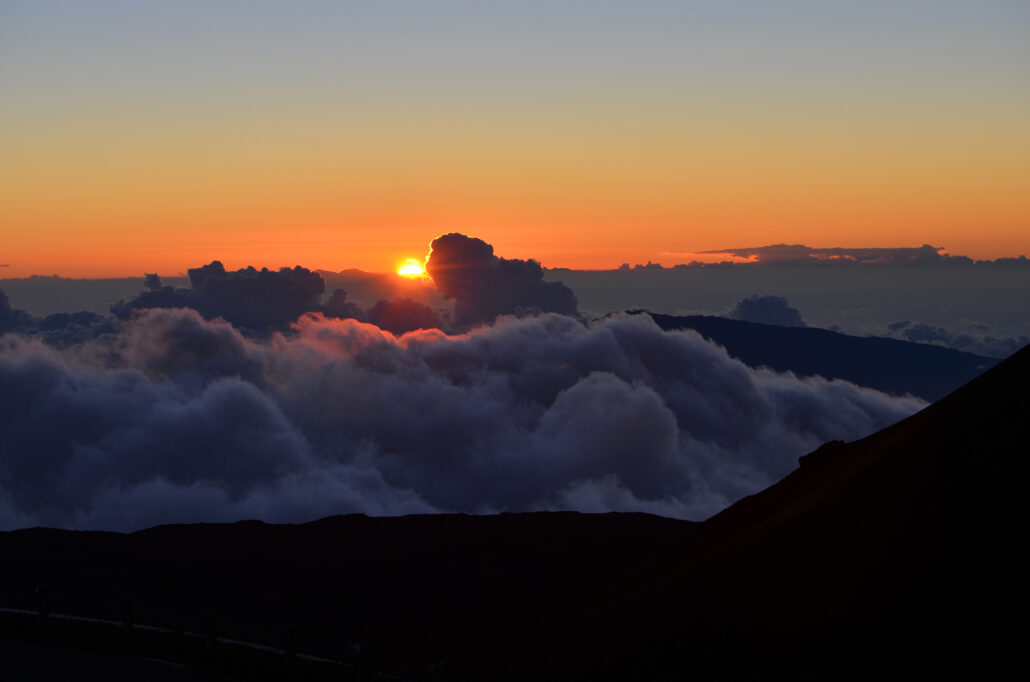
Moving Forward: Management, Healing, and Talking
State officials and community leaders have been looking for new ways to manage things that take into account both cultural values and scientific interests in response to the difficulties that arose. Co-management, better protections for cultural assets, and more Native Hawaiian professionals being involved in decision-making are all signs of a change from when scientific institutions worked with minimal participation from the community. Still, the way forward isn’t easy. It means healing old wounds, admitting to previous mistakes, and making deals that are both legally solid and spiritually respectful. Local advocates remind us that stewardship isn’t only about following rules; it’s also about how we treat the land, the gods, and one other.
What Mauna Kea Means to Us Now
For people staying near the Kohala Coast, Mauna Kea provides both a backdrop and a reminder that Hawaiʻi’s landscapes have many meanings, including geological, biological, cultural, and scientific. Mauna Kea is a continual reminder of the island’s diversity, from the sandy beaches and well-kept resorts below to the snow that periodically covers the top. It’s also becoming more and more of a classroom for how to reconcile different ideals, like how to let science show us the universe while also protecting and honoring the ground we stand on.
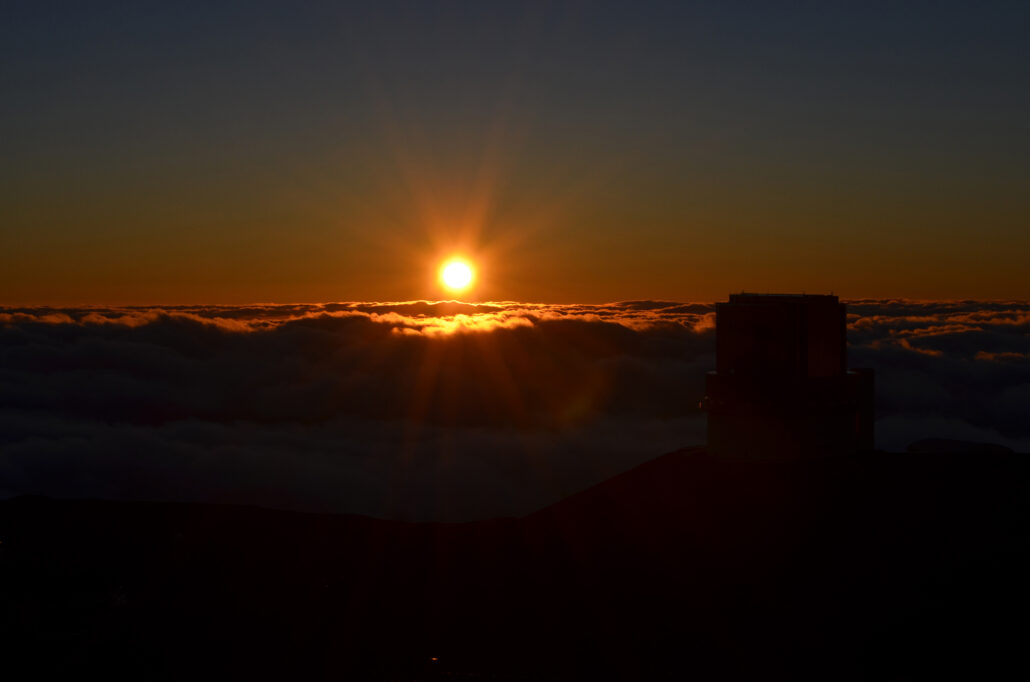
The Modern Contention—Respect, Rights, and the Future
Today, Mauna Kea is at a turning point. Many scientists still support programs that are well-planned and responsible and that can help people and increase knowledge. Many Native Hawaiians and their supporters across the islands say that the mountain’s sacredness, cultural sites, and vulnerable environments are more important than more development, especially initiatives that are seen as being forced on the people without real consent. The protests against the TMT project made such worries more clear and led to changes in how the government works and certain legal outcomes. But they also raised issues about who gets to make decisions and how to make peace. The conversation is still going on, and it will take humility, listening, and real power-sharing to find a method that respects both the mountain and the people of Hawaiʻi.
Not only is Mauna Kea a beautiful place to look at, but it is also very important to the Hawaiian people spiritually and culturally. We feel that the greatest way forward is one that focuses on kuleana, respect, and making decisions together. This will keep Mauna Kea the White Mountain in every way: beautiful, sacred, and lasting.
We suggest taking a guided tour from a firm that specializes in Mauna Kea tours if you want to understand more about the mountain, its paths, visitor rules, and how to enjoy its beauty in a courteous way.
